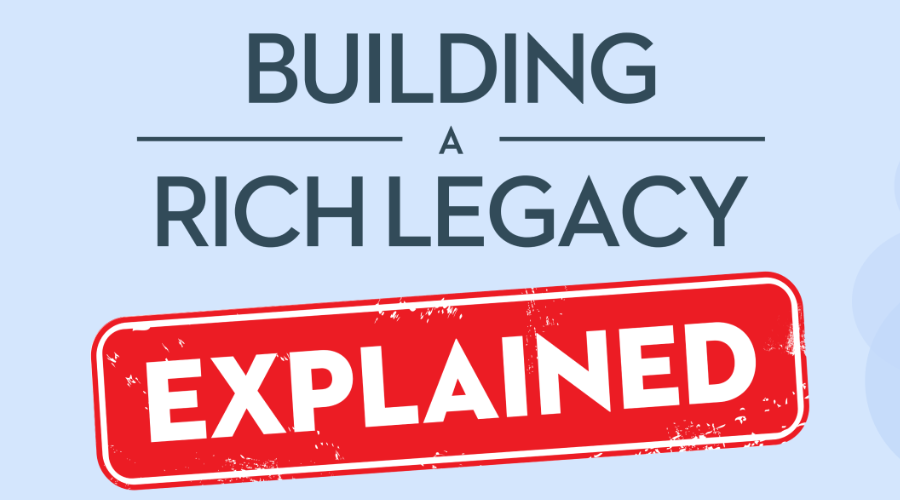Reverse Mortgages have been available in Canada for 25 years, but there are still many myths and misconceptions about them – some understandable and some are not accurate.
In this article, let’s separate fact from fiction. If you are considering a Reverse Mortgage, it is important you can make an informed and intelligent decision.
What exactly is a Reverse Mortgage?
A Reverse Mortgage is a loan available only to homeowners 55 or older. The amount you can borrow is based upon several factors including your age and the value of your home.
What’s the difference between a Reverse Mortgage and a traditional loan?
You are not required to make any payments on a Reverse Mortgage until you choose to move or sell your home. (However, you can make payments on the loan if you choose to do so.*)
*Prepayment charges may apply.
When you do decide to move or sell, the loan is repaid from the proceeds of the sale of the home. After the loan is repaid, all remaining money belongs to you and your estate.
How much equity (money) will be left in my home after I repay the loan?
On average, homeowners have well over 50% of the value of their home left to enjoy after repaying the loan. This money belongs to you. The exact amount will depend upon several factors, including: the amount of your loan, the value of your home, and the amount of time passed since you took out the loan.
Can I be forced to sell my home and repay the loan?
No. You always maintain complete ownership and control of your home at all times. You can never be forced to sell or move to repay the loan. All you have to do is keep your property in good maintenance, pay your property taxes and property insurance..
What happens if I or my spouse passes away before the loan is paid?
The surviving spouse is under no obligation to make any payments until they move or sell the home.
If you are the sole borrower, and you pass away, the loan is repaid when the estate sells the home. After the loan is repaid, all remaining money belongs to your estate and/or your heirs.
What’s the difference between a Reverse Mortgage and a Home Equity Line of Credit?
With an Equity Line of Credit, you must make regular payments on the loan. With a Reverse Mortgage, you are under no obligation to make payments on the loan until you move or sell. This makes Reverse Mortgages extremely appealing to people on a fixed income who cannot afford to make regular repayments.
Another key difference is that you can be asked to repay your Line Of Credit at any time at the lender’s discretion. With a Reverse Mortgage, you cannot be forced to repay the loan until you decide to move or sell.
What are the interest rates on a Reverse Mortgage?
Interest rates on Reverse Mortgages mirror the rates charged on other home equity loans. They are usually somewhat higher than the rates charged for a Line of Credit because you are not required to make monthly payments or repay the loan until you move or sell your home.
Who offers Reverse Mortgages in Canada?
In Canada, Reverse Mortgages are offered directly to the public by HomeEquity Bank, provider of CHIP Reverse Mortgage. The CHIP Reverse Mortgage is also available through all major Canadian banks, as well as credit unions, mortgage brokers and financial planning organizations.































